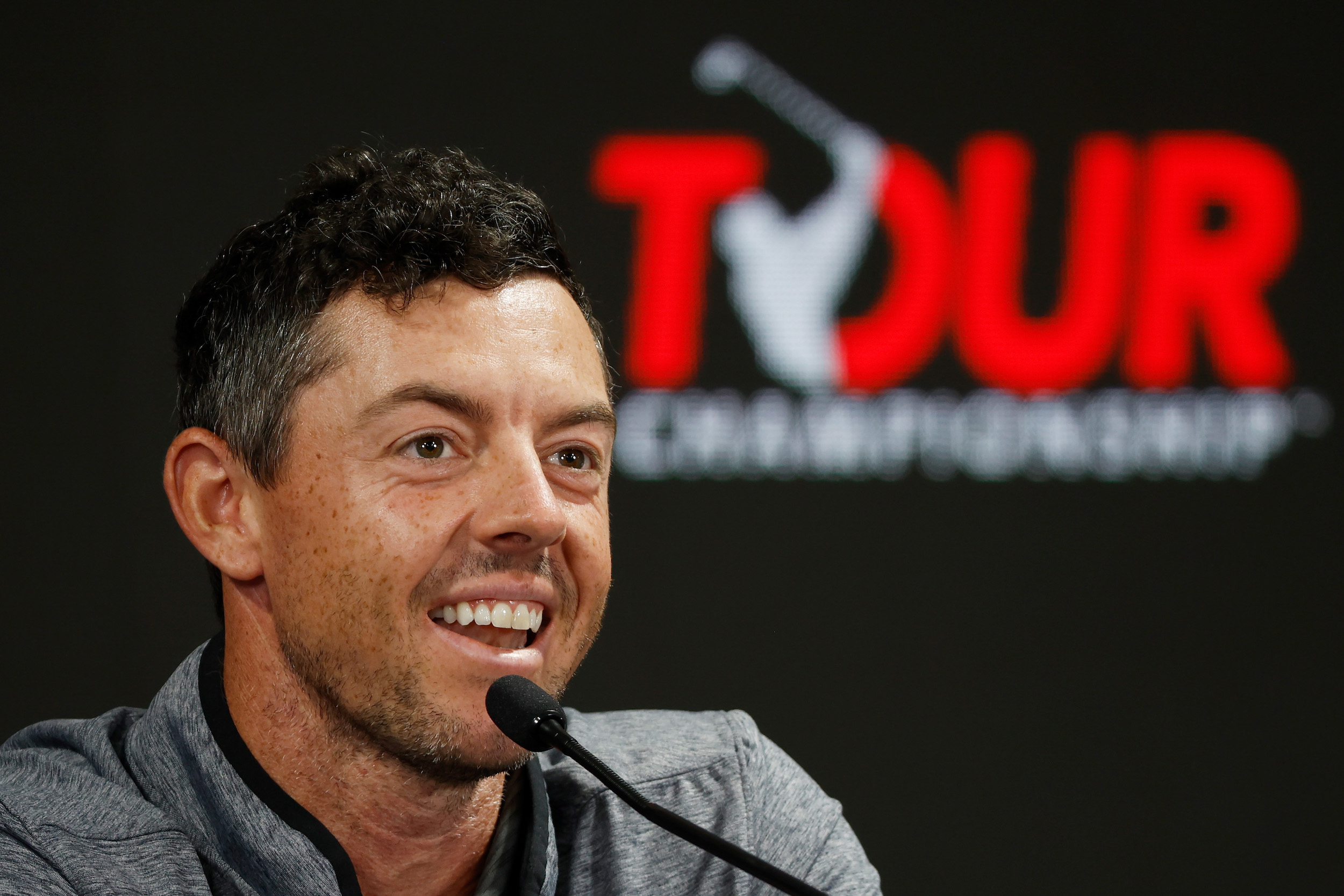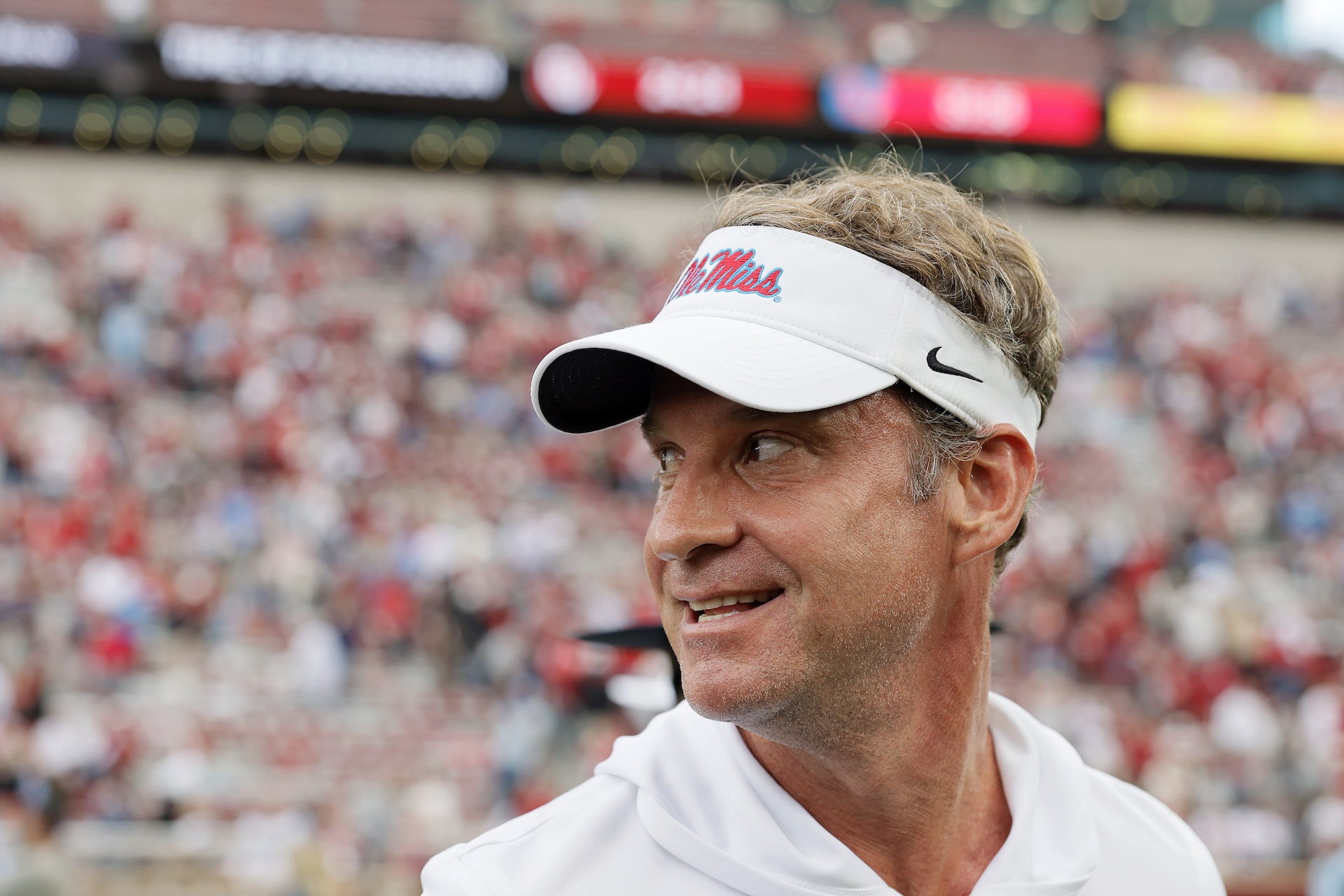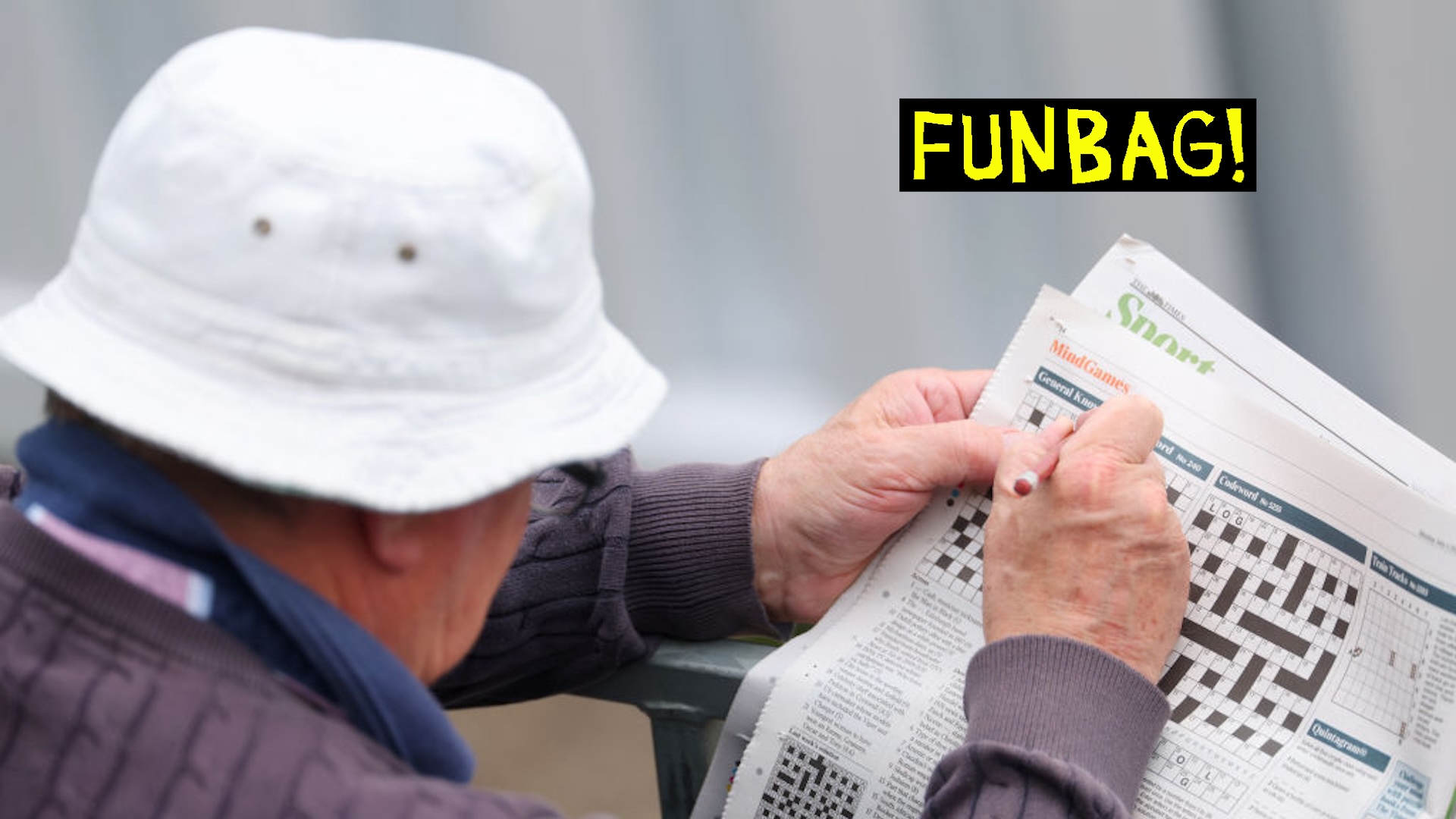Well well well. PGA Tour commissioner Jay Monahan announced Wednesday that the Tour will implement a number of significant changes to its business and product, in response to an exodus of players to the breakaway LIV Golf tour. The changes touch the schedule, purses, and compensation at every tier of tour participation, and will go into effect starting with the 2023 season. That they come with the expressed unanimous approval of a group of the tour's best and most popular players makes them a mighty weapon in the conflict between the embattled PGA Tour and the Saudi-funded upstart, whose strength so far lies not in any goofy superficial innovations but in their ability to poach away top players with lucrative contracts and upfront payouts.
We will get back to the core changes to the PGA Tour in a minute. But the most surprising announcement to come from Wednesday's news conference, by far, was the launch of something called TGL, a collaboration between a newly formed company and the PGA Tour. Evidently the work of co-creators Tiger Woods and Rory McIlroy, TGL describes itself as a "high-tech golf league," featuring six three-man teams playing—I shit you not—virtual golf, inside a stadium, during primetime, on Monday nights. TGL will launch in January 2024, and will play 15 two-hour matches between January and April, inside a custom-built arena in a yet-to-be-determined location.
👀 our custom-built arena, featuring a virtual course complete with a tech-infused short-game complex. pic.twitter.com/iPYxwz7eOK
— TGL (@TGL) August 24, 2022
McIlroy was on hand Wednesday to describe just what the hell is going on here. Yes, he explained, Woods himself will be on one of these wacky TGL teams, in a format that might suit his broken-down 46-year-old body a little bit better than the traditional tournament format. "Who knows where we're going to see Tiger Woods play golf next, right? We don't know what his schedule is going to be. We don't know how his body is going to be," said McIlroy. "But to be able to see him still showcase his skills on prime time, on TV, without really any wear and tear on his body, I think to be able to see Tiger hit golf shots and still sort of provide people with a glimpse of his genius—I think it is a really good use of his time." The idea, as McIlroy explains it, is to showcase a different side of the sport (the beery side, perhaps), and expose it to a different, younger audience.
"Oh and by the way, @TigerWoods is involved? Yeah, I think it'll be pretty cool." - @McIlroyRory pic.twitter.com/czkHpkcjbb
— TGL (@TGL) August 24, 2022
If the only thing to come out of Wednesday's announcements was this TGL mess, you would be right to be extremely worried that the league had fallen under the control of The Joker. Fortunately, this Top Golf But Televised League is for now just a goofy curiosity, something ridiculous to look forward to, if it ever actually launches. The main changes announced Wednesday are much more immediate and much more substantive, and form the thrust of the PGA Tour's pitch to keep top players from defecting to LIV Golf. Monahan and the Tour appear to have accepted the recent players' proposal outright, citing in particular that the proposal comes with a commitment from a cohort described Wednesday as "our top players" to participate in at least 20 events in a calendar year, including 17 so-called "elevated" events featuring purses averaging at least $20 million. In addition to golf's four majors and the three season-ending playoff events, starting in 2023 10 tournaments on the PGA Tour calendar will get the elevation treatment, including four that have yet to be determined. As part of this reformatting, the top 20 players on the tour will be committed to participating together in all of them, plus an additional three non-elevated events on the calendar. The goal, as explained by Monahan, is to ensure that a solid number of events on an otherwise sleepy PGA Tour schedule will feature all of the best players, together on one course. The idea has obvious appeal, given the circumstances: LIV Golf's 2023 schedule, featuring 14 no-cut events with 12 four-man teams made up of a hodgepodge of stars, over-the-hill types, and bozos who no one has ever heard of, does start to look pretty unimpressive by comparison.
How will the "top players" be determined? Well, the upcoming changes do not stop at creating a set of marquee events with higher payouts. Monahan also announced Wednesday that the PGA Tour will make significant changes to something called the Player Impact Program (PIP), which is a fund the Tour rolled out in 2021 essentially to send non-prize cash payments to its most popular players. Ostensibly an incentive program, the PIP used a set of frankly hilarious criteria to select out 10 players who brought the most attention to the sport, and gave them each a cut of a $40 million reward pool. As Andy Padzer, the PGA Tour’s Chief Tournaments and Competitions Officer, explained to Golf Digest last year, PIP sought to reach an objective measure of each player's popularity, using such metrics as Google searches, social media reach, and the dreaded Q Score. The PIP was already sorting out, in a delightfully silly and imprecise fashion, the PGA Tour's most popular players; now, says Monahan, it will be expanded and refined and used to determine which "top players" are committed to the series of elevated events. The PIP will ditch social media and Q Score baloney in its still-super-duper-suspect calculations, and will be increased to $100 million, distributed as bonuses to 20 stars. This is pretty straightforwardly a way for the PGA Tour to protect against further high-profile defections: If you are someone whose departure would greatly wound the PGA Tour, you can expect a healthy annual cut of a nine-figure fund, just for being cool and popular.
Finally, the PGA Tour will debut what Monahan called an Earnings Assurance Program, which will provide "a $500,000 league minimum to every fully exempt member," which Monahan described as comparable to compensation models used by other professional sports leagues. For non-exempt players, ESPN reports the PGA Tour will pay out $5,000 for every missed cut, and will "subsidize travel and tournament-related expenses." McIlroy emphasized that the essential meritocracy of the PGA Tour is intact: "There's nothing stopping guys from playing in these elevated events; there's nothing stopping guys from getting in the PIP. You just play better! You work your ass off, you play better, and if you do that you get into these events." But spreading a little cash at the lower tiers is presumably the PGA Tour's way of protecting against an exodus of the mid-tier and younger players who fill out the fields of the majority of a year's events.
This all came together very quickly. The players-only meeting took place just last week, and their proposal was presented to Monahan just days ago. But there was never much question whether the PGA Tour would adopt the changes, given that the precise thing they are trying to prevent is a further exodus of top players, for greener pastures. Now they've got marquee events, big paydays, lucrative bonuses, minimum earnings, and all the prestige, visibility, and goodwill that comes from not having abandoned ship. Also they've got Monday night virtual arena golf to keep them busy in the winter. Who could ask for anything more?






